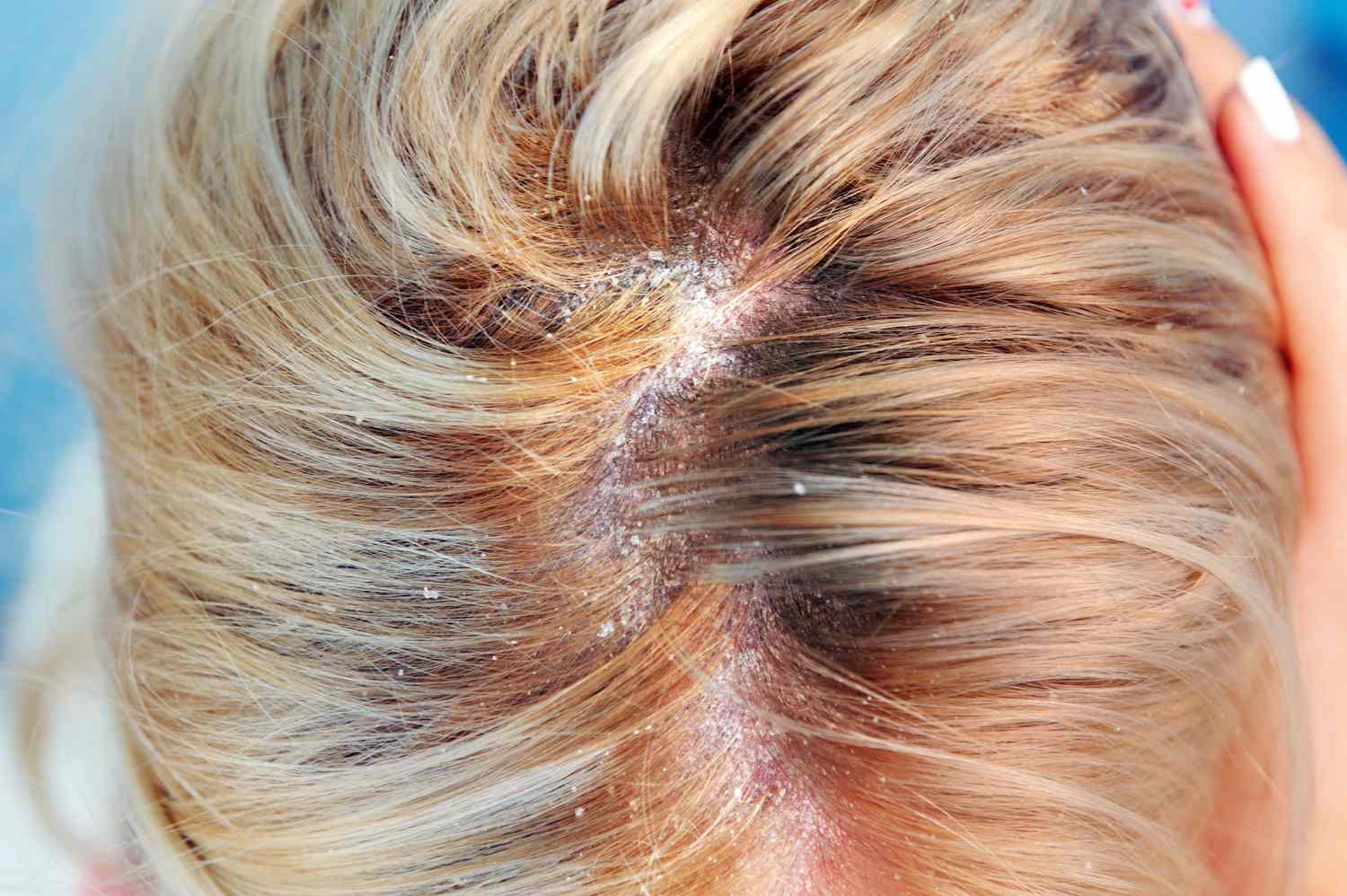Periodontal disease is a form of progressive gum disease that is usually caused due to bacterial infiltration. It may begin as a simple gum inflammation (gingivitis), and may gradually progress to affect the supporting tissues of the gums, and the underlying alveolar bone (periodontitis).
The family dentist in Valley Village, CA, and their team of highly qualified periodontists master the skill of detecting early gum changes and aid in patient awareness about different types of periodontal disease. Let’s delve into exploring different types of periodontal disease.
What causes periodontal disease?
Periodontal disease occurs due to the buildup of plaque, and bacterial infiltration. This leads to the secretion of toxins that attack the gum tissues forming gingival pockets. As the bacteria breeds through the gingival tissues the pockets grow deeper invading the alveolar bone, thus receding the affected gum tissues. If left untreated, this causes loss of attachment and tooth mobility.
How is periodontal disease classified?
There are a variety of periodontal diseases according to the severity of the condition.
Gingivitis
- This is the most common and mildest form of periodontitis, where the infection is confined to the gums.
- Gingivitis commonly occurs due to pregnancy, uncontrolled diabetes, stress, certain medications (antihypertensive drugs), and birth control pills.
- Treatment includes:
- Home care: Proper brushing and flossing
- Professional cleaning: Scaling and root planning
- Antibiotics: To kill bacteria
- Medicated mouthwash: To promote healing of the gingival pockets
Chronic periodontal disease
- This type of periodontal disease exhibits inflammation below the gum line, with destruction of the gingival and bone tissues.
- You are likely to experience a gum recession.
- Treatment includes:
- Scaling and root planning
- Antimicrobial medications
- Pocket reduction surgery
- Gum tissue grafting
Aggressive periodontal disease
- This is the most severe form that is characterized by rapid loss of gum attachment and bone tissues.
- Smoking and family history are common risk factors that may increase the likelihood of aggressive periodontal disease.
- Treatment includes scaling and root planing. However, surgical intervention and laser procedures are the suggested mode of treatment in most cases.
Necrotizing periodontal disease
- This form of disease is more prevalent among people suffering from HIV, immunosuppression, malnutrition, and chronic stress.
- Tissue death affects the periodontal ligament, gingival tissues, and alveolar bone.
- Treatment includes:
- Scaling and root planning
- Antibiotics
- Medicated mouthwash
- Antifungal drugs
Periodontal disease related to systemic health conditions
- Periodontal disease could be a symptom of any health condition affecting the rest of the body.
- Diabetes, heart disease, and respiratory disease are the most common cofactors that intensify gum disease.
- Treatment usually includes controlling the onset of the underlying health condition.
Periodontal disease, though the most prevalent gum disease, can be effectively cured if detected early. This is possible through good oral hygiene and regular dental visits.




